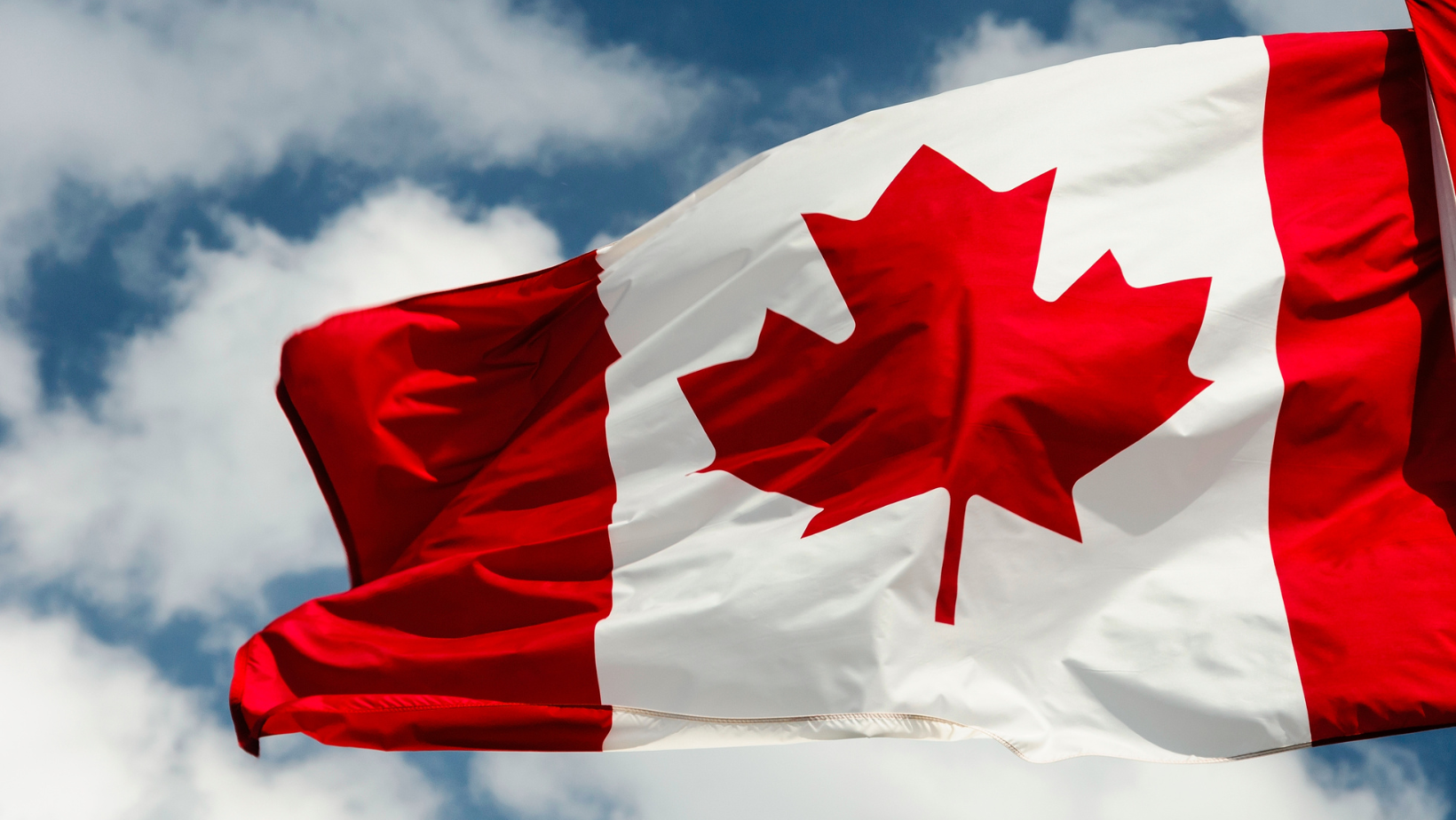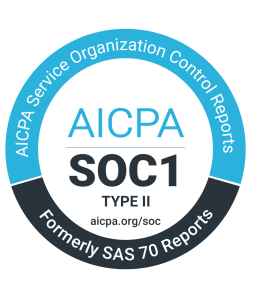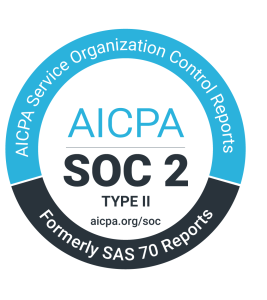
The U.S. and Canadian cannabis markets are actively growing and changing as demand increases. Over the years, some major differences have developed between these two markets. Understanding these differences is crucial in being successful in both markets and establishing retail brands across borders. Our post will delve into the differences between these two markets from how cannabis businesses are established and how operations are conducted. Let’s get into it!
Getting Started and Licensing Costs in U.S and Canadian Cannabis Markets
Both countries’ cannabis markets are relatively new. Cannabis in Canada was federally legalized in 2018, and U.S. states have been legalizing cannabis for medical use since 1978, and recreational use since 2012. Currently, there are thirty three U.S. states with some form of cannabis legalized, however, federal legalization has not been approved as of the time of writing.
Learning the laws and regulations of either your state or province is the first step in working within these markets. Each of the thirty three U.S. states, and ten provinces and three territories of Canada, have varying rules and regulations for cannabis use and sale. We’ve written extensively on U.S. regulations, but here is a brief overview of some of the restrictions for Canadian provinces and territories. This information has been sourced from Canada’s government website, where you can find additional information:
-Alberta
Legal Age: 18
Possession Limit: Purchase: 30 grams
Legal Locations for Purchase: Private licensed shops
-British Columbia
Legal Age: 19
Possession Limit: 30 grams
Legal Locations for Purchase: Government and private shops
-Manitoba
Legal Age: 19
Possession Limit: 30 grams
Legal Locations for Purchase: Private shops
-New Brunswick
Legal Age: 19
Possession Limit: 30 grams
Legal Locations for Purchase: Government shops
-Newfoundland and Labrador
Legal Age: 19
Possession Limit: 30 grams
Legal Locations for Purchase: Government or private shops
-Northwest Territories
Legal Age: 19
Possession Limit: 30 grams
Legal Locations for Purchase: Government shops
-Nova Scotia
Legal Age: 19
Possession Limit: 30 grams
Legal Locations for Purchase: Government shops
-Nunavut
Legal Age: 19
Possession Limit: 30 grams
Legal Locations for Purchase: Private shops
-Ontario
Legal Age: 19
Possession Limit: 30 grams
Legal Locations for Purchase: Private shops or online government shops
-Prince Edward Island
Legal Age: 19
Possession Limit: 30 grams
Legal Locations for Purchase: Government shops
-Quebec
Legal Age: 21
Possession Limit: 30 grams
Legal Locations for Purchase: Government shops
-Saskatchewan
Legal Age: 19
Possession Limit: 30 grams
Legal Locations for Purchase: Private shops
-Yukon
Legal Age: 19
Possession Limit: 30 grams
Legal Locations for Purchase: Private shops
The minimum age for adult-use cannabis across the United States is 21 without exception.
Licensing Costs
Just as with rules and regulations, there will be differences in licensing costs between U.S. states and Canadian provinces. However, there are some general differences that can give you an overview of what to expect for start up costs.
In Canada, licensing costs are a bit lower than what one can expect in the U.S.. Using the AGCO (Alcohol and Gaming Commission of Ontario) as a reference, the average retail store licensing costs are around $4,000 and a retail operator license is set at $6,000. Other provinces like British Columbia are slightly higher with a $7,500 licensing fee and Ontario at $10,000 for a licensing fee and a retail store authorization fee for a two-year term.
Beyond the licensing fees, there will also be additional start up costs and renewal fees. These renewal fees change between provinces and territories, but can range between a few hundred Canadian dollars and several thousand. Dispensaries in British Columbia will pay $1,500 for their renewal fees annually, and Ontario will pay $11,000 for four-year renewal costs.
Licensing costs in the U.S. can run significantly higher. U.S. dispensary owner hopefuls should expect to spend tens of thousands in their application fees, and renewal fees are also an additional expense. More so, some states require further licensing for staff. Dispensary owners should be prepared to spend a substantial amount in just state licensing fees and application costs.
Provinces vs. States
There are important differences between how cannabis is sold in the U.S. and Canada. Unique to Canada, some provinces dispense cannabis only through government-run stores. This isn’t the case across the country, with some provinces favoring privately owned dispensaries and some provinces supporting both. Additionally, some provinces support private shops and online ordering from government stores.
In the U.S. there are no government stores. Cannabis is purchased through licensed medical and recreational stores. Different states allow for different levels of cannabis delivery and online ordering. States like California have a robust cannabis delivery system and those sales make up an important part of California dispensaries’ business.
Cannabis Costs and Taxation in U.S and Canadian Cannabis Markets
The U.S. and Canada are again separated by their cannabis price point and how taxes work in each country. In Canada, federally licensed cannabis growers are the sole contributor to the cannabis market. More so, the government sets the market value for all cannabis produced. Immediately, this standardizes the cost of cannabis and ultimately lowers it in comparison to the cannabis market in the U.S.
The United States has a much more volatile cannabis market than in Canada and as a result prices can be much higher. Without federal legalization or government price setting, the cannabis market in the U.S. is subject to the impact of competition, taxes, and business risk. In some states, taxes can veer close to half of the total sale. This has skyrocketed cannabis prices in the U.S. and led to black market sales remaining unhindered by the very establishment that was meant to unseat it.
Banking and Financial Access for Dispensaries
Although challenges with access to banking and financial capital are similar between the U.S. and Canadian cannabis markets, cannabis is federally legal in Canada. This makes access to funding and banking institutions somewhat easier. As cannabis sales become more normalized and more popular, access to wider investment options and banking services are opening up, making it significantly easier for dispensaries in Canada to manage start up costs and to operate their businesses than in the U.S.
The U.S. has a much more complicated banking and financial system when it comes to cannabis. Without federal legalization, U.S. banks won’t work with cannabis businesses. This is compounded by state and local laws further restricting how cannabis businesses keep their money and conduct their business. Instead of relying on big banks, U.S. dispensaries have to use small banks and credit unions. It can be challenging for U.S. dispensaries to find financial institutions to work for and often have to face the security risk of having significant cash on hand.
Labeling
In Canada, cannabis products are prepackaged before sale and are labeled with warnings to prevent use by minors. This results in a less branded and more standardized cannabis product experience. There are requirements for font size and aesthetic design choices on labels, further limiting the branding potential of Canadian brands.
The U.S. has less restrictions on cannabis packaging. The majority of packaging and labeling requirements have to do with the product safety and integrity rather than an emphasis on product warnings. Each state has different requirements on packaging and labeling, but most enforce child-proof containers and clear labeling on THC amounts.
One important difference between U.S. and Canadian dispensaries is deli-style packaging. In some U.S. states, dispensaries can keep flowers in bulk containers and package them for sale during customer purchasing. There are still labeling requirements for the container for the customer, but this style comes with far less government regulation than what is used in Canada.
Cannabis Delivery
Cannabis delivery is an important and growing part of the industry in both the U.S. and Canada. In Canada, cannabis can be delivered by mail through licensed retailers working with the government provided they follow all rules and regulations including, proof of age, signature, and tracking, as well as the requirements for being leak-proof, tamper-proof and odour resistant.
The U.S. does not allow for cannabis delivery through the mail. However, cannabis may be delivered through privately-owned companies. These delivery companies are required to adhere to their state, county, and local delivery laws. These laws dictate the different delivery styles used by cannabis delivery services. Two popular types of delivery used: ice cream truck-style delivery (Dynamic delivery) and pizza-style delivery (Hub-based delivery).
Dynamic Delivery – ice cream truck style
· This method allows drivers to carry the product in their vehicles and make sales on-the-go rather than returning to a central location to pick up each order and then deliver it.
Hub-Based Delivery – pizza delivery style
· In this method, delivery drivers report and return to a central location in-between deliveries to pick up products.
Cannabis Advertising
Cannabis advertising differs in many ways between the U.S. and Canadian cannabis markets. Canada has much stricter advertising and marketing guidelines. The Cannabis Act in Canada limits how cannabis can be advertised and seeks to prevent products from appealing to younger consumers and to mitigate misperceptions around risk and usage.
The U.S., broadly, has a less strict approach to cannabis advertising. While advertising laws differ state by state, brands and dispensaries are free to use more branded packaging. Additionally, U.S. dispensaries can offer promotions, discounts, and loyalty programs. They are also able to use outdoor advertising and billboards. Social media ads are also not strictly prohibited, although many social media platforms restrict and block cannabis businesses from pay-per-click ads.
Similarities between U.S. and Canadian Cannabis Markets
Both U.S. and Canadian markets have one specific thing in common, they have a growing consumer base. That consumer base is becoming increasingly more educated and more discerning. With even more choices of stores to shop at as well, the competition for dispensaries on both sides of the border have never been stiffer. Providing competitive products and pricing, growing your customer base, and delivering a great customer experience is crucial. What’s the easiest way to get there? Improving your cannabis tech. That’s where BLAZE comes in.
We provide leading cannabis tech to the U.S.. and Canada (through Greenline, a BLAZE company). Our suite of software includes our award-winning BLAZE Retail Dispensary POS as well as our payments platform, BLAZEPAY, and our analytics and data software, BLAZE Insights. We’re also integrated with seed-to-sale traceability systems like Metrc and BioTrack, and partnered with many leading cannabis business tech companies. Explore what BLAZE can do for your cannabis business and book a demo with our team.
Multi-Country Operators
For brands operating in both markets, understanding the differences between the U.S. and Canadian cannabis markets and how they operate is a necessity for your success. Focus your brand’s efforts on distinguishing the differences between your customer bases in the U.S. versus Canada, and what it takes to provide the best experience possible. Start by optimizing your online and retail store for the markets they operate in. Dedicate time and effort to understanding the laws and regulations of Canada and the U.S. Lastly, you’ll need to have an adaptable business model to handle the differences that arise between the markets.
Conclusion
There are many distinct differences between the U.S. and Canadian cannabis markets. As dispensary operators and owners, it is important to understand these differences. Staying up to date on changing laws and being prepared for the challenges of operating in multiple countries is an expected part of operating in both countries. Choosing a cannabis software capable of handling these differences and training your staff to operate in the two markets are the next steps to becoming a successful operator. With these differences understood and your business prepared, you’ll be ready to rule both markets and make the most of your brand potential.



